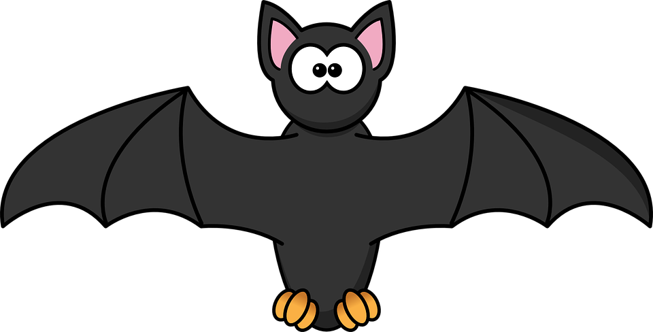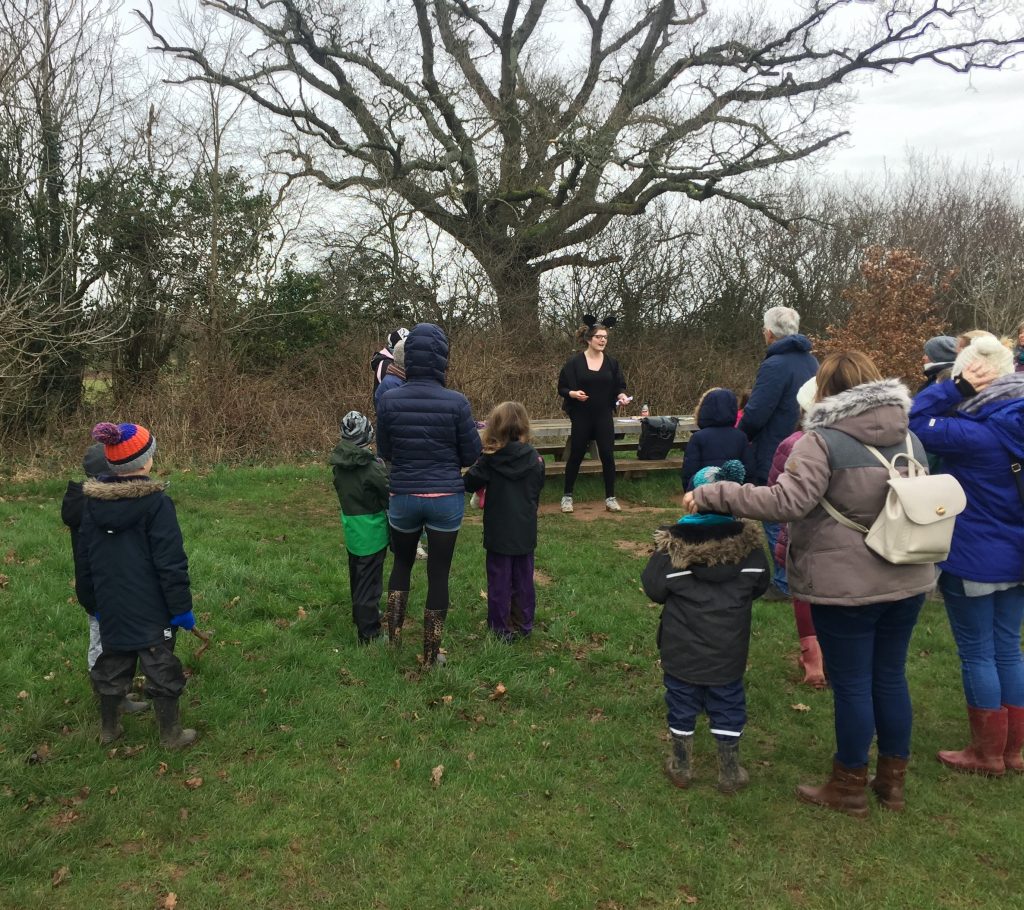
On 19/02/2020, Frampton Cotterell Parish Council had 6 bat boxes installed at the Centenary Field. The bat boxes were handmade by the Frampton Cotterell community at a Bat Box making workshop that took place last summer. The bat box making event was organised by Village Action and many of the boxes were kindly donated to the Parish Council. Whilst these boxes were being installed, Bristol Bat Rescue gave a talk all about bats and about their rescue charity. Bristol Bat Rescue talked about all the different species of bats that may be present locally and how the bat boxes will help support them. Over 20 people braved the rainy British weather to see the boxes being installed in the trees and to learn lots of interesting facts about bats.
Emily Wilson (who ran the session pictured above) from Bristol Bat Rescue reflected and said “opportunities like this are crucial for inspiring the new generation and securing the future of bats.”
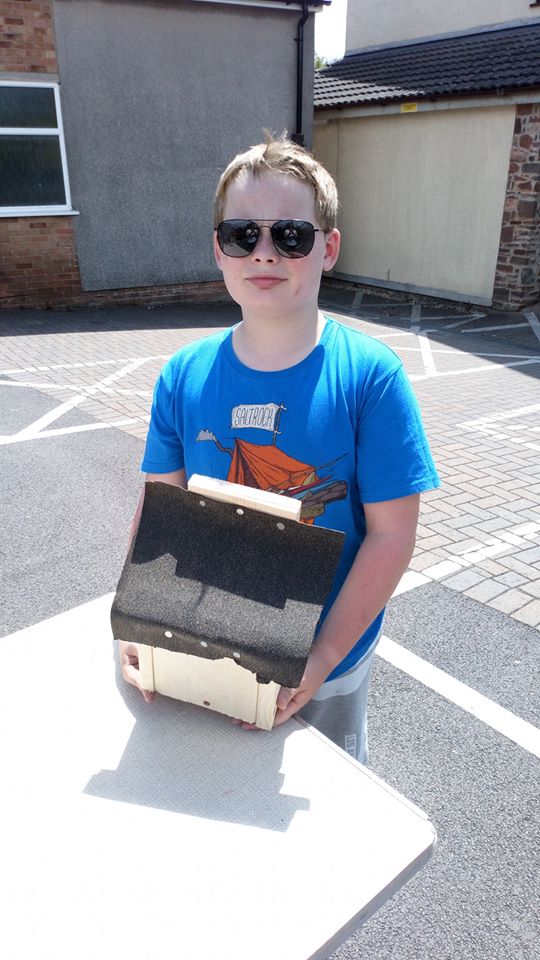
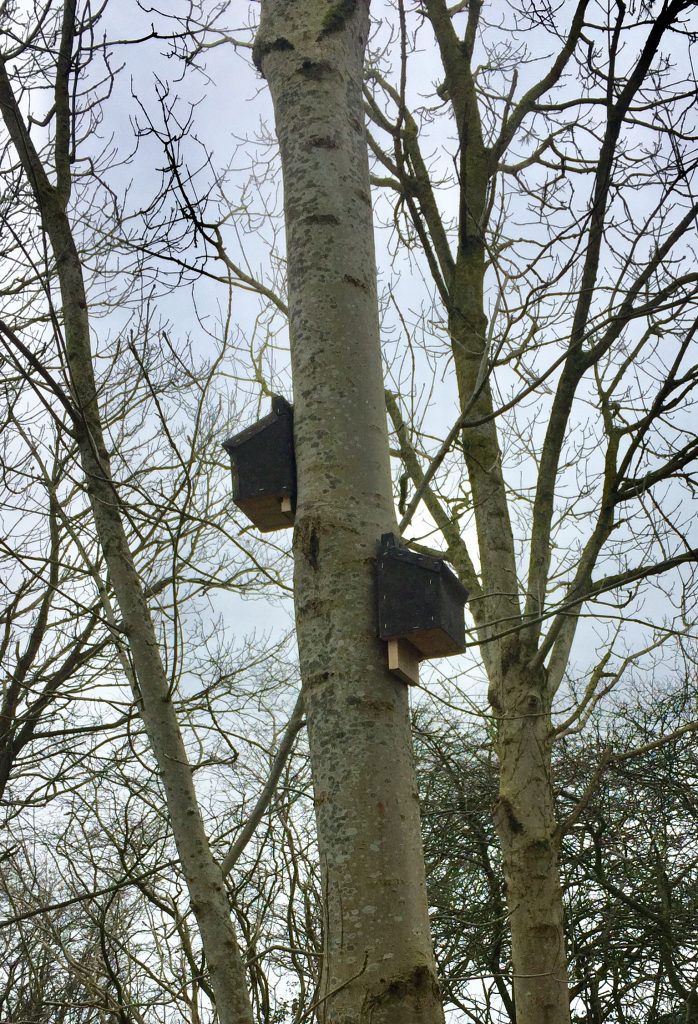
Frampton Cotterell Parish Council recently had a wildlife survey done on the Centenary Field and will soon be implementing a new biodiversity management plan to help the local flora and fauna flourish. The six handmade bat boxes were successfully installed and will provide a place for the local bats to roost and help support local wildlife.
Daisy Finniear (Project Officer to Frampton Cotterell Parish Council) said: “I walked around the Centenary Field last year with my bat detector and recorded 4 different species in the space of 15 minutes, so we know we have lots of bats around that will be very happy with their new boxes! Thank you to everyone that kindly donated their handmade boxes.”
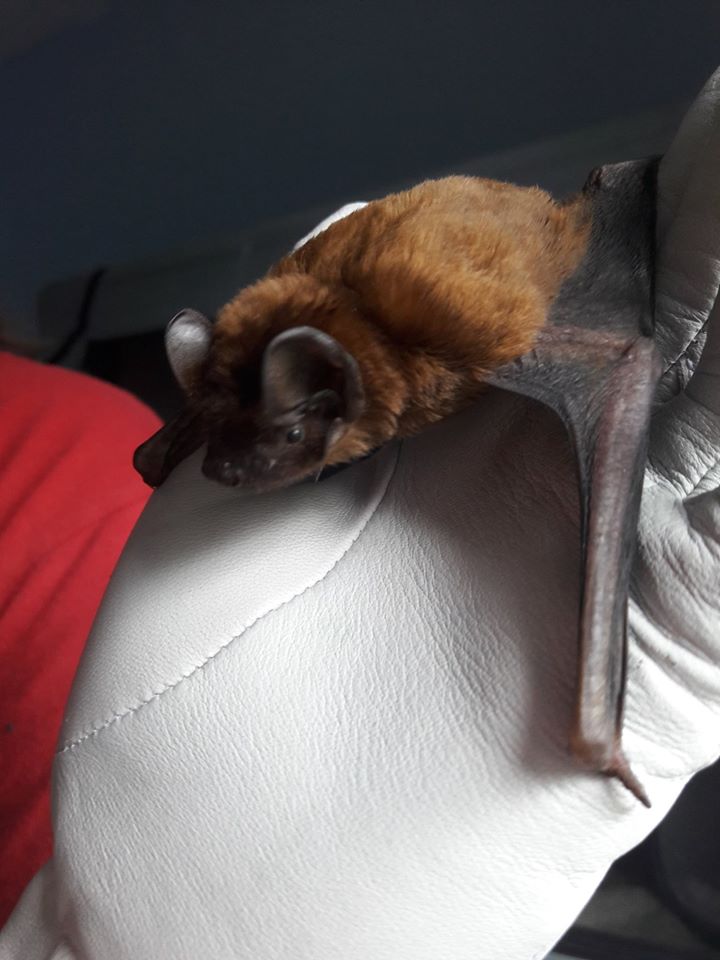
Bats are the only species of mammal that have evolved the ability to fly. They are nocturnal (awake at night) and contrary to popular belief, they are not blind. They use echolocation to find their way around and to catch their prey. They navigate by making ultrasonic sounds that bounce off objects. There are 18 different species of bat in the UK, all of which are protected species. There may be as many as 14 species locally, including rare large species of bat such as the noctule. During March and April, bats will begin to emerge from hibernation in search for food. If you keep an eye out at dawn or dusk, you may start noticing bats taking their first flights after sleeping through the long cold winter months. The smallest of the UK bat species, the common pipistrelle, can eat up to 3000 insects in one night! Bats are therefore fantastic at pest control and a vital part of the ecosystem.
As bats begin to emerge from hibernation, you may come across one that has been injured. Bristol Bat Rescue can provide guidance if you find an injured bat www.bristolbatrescue.co.uk

